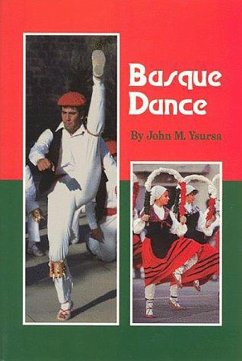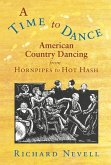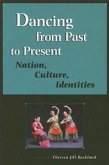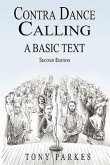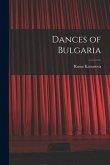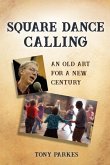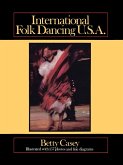This work aims to provide both Basque and non-Basque readers with an introduction to an ancient art form that still endures. The Basques have succeeded in preserving a rich and varied collection of folk dances. From village to village and province to province, the music, steps and costumes change, but the collective reveals the Basques' deep love of dance. There are approximately 400 distinct Basque folk dances, each with its own story and significance. Some, the more ancient ritual dances, are performed only for particular events or circumstances and initially were performed by male dancers only. Many include the use of sticks and swords that the dancers strike together as they progress through the movements of the dance. The more recent social dances derive from early celebratory dances but are today devoid of any sacred function. They are characterized by differences in style and function, and allow for dual-gender participation. Early immigrants - the founders of Basque American traditions - brought their knowledge of local dance traditions with them to the United States. These dances, as well as those performed in the Basque Country, fit into two broad categories: traditional or ritual dances and the more recent social or recreational dances. Ritual dances are those set aside for particular events and require specific circumstances and, initially, were performed by male dancers. Basque dance traditions, including the distinctive high kicks and intricate leaps that make performances so thrilling, were brought to the United States by early Basque immigrants. Today, Basque dance enjoys a vital role in Basque American communities throughout the West.
Bitte wählen Sie Ihr Anliegen aus.
Rechnungen
Retourenschein anfordern
Bestellstatus
Storno

